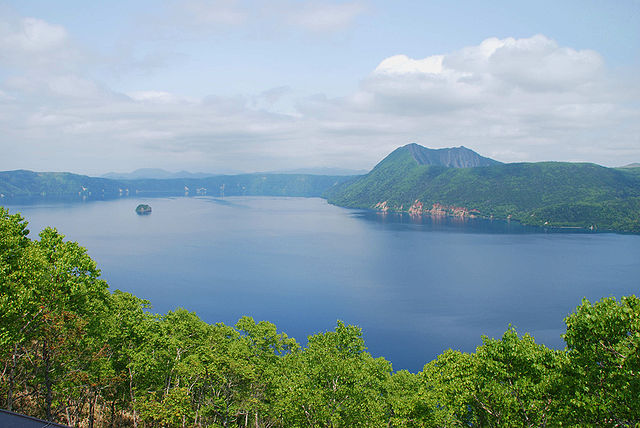Following the Fukushima nuclear disaster in 2011, Japans nuclear power industry has been reduced to a shell of its former self. This was made abundantly clear last week, as one of only two nuclear reactors that had been switched back on since the disaster, was once again shut down. This decline led to the growth of the solar industry within the country, which doesnt look like backing down anytime soon.
Last week, Japans regional Otsu District Court ordered Kansai Electric Power Co to shut down its No. 3 nuclear reactor and cancel the restarting of the No. 4 reactor, which had been scheduled to resume soon. The reactors are part of the Takahama plant in Japans Fukui Prefecture.
The No. 3 reactor had only been restarted in January, following the nuclear shutdown. It was the second nuclear reactor to be turned back on in Japan, after the restarting of the No. 1 reactor at the Kyushu Electric Power Co.s Sendai plant in Kagoshima Prefecture (Kyushu Island) in August 2015. To add to the facilitys concerns, its No. 4 reactor at the Takahama plant was scheduled to be turned back on last month, but the operation was postponed due to technical problems.
The utility has said that it will appeal the courts ruling to reclose the reactor, but this is a process that can take anything from a few months to a number of years, which is indicative of the complications that surround the restarting of the countrys nuclear plants.
Following the Fukushima nuclear disaster that rocked the country in 2011, the government introduced stricter safety regulations, with the aim of reviving the countrys nuclear power industry, while limiting the chance of future disasters. But the Otsu District Courts ruling last week shows the process is far from simple.
Security concerns
Moreover, reports published today in the Japanese press reveal that of the 48 monitoring posts installed within 5 to 30 km of the Sendai plant on Kyushu Island, 22 can only detect radiation above 80 microsieverts per hour. This exacerbated security concerns, as the limit that would order an immediate area evacuation is 500 microsieverts per hour. Of 44 other portable devices that the regional Kagoshima Prefectural Government uses to measure radiation levels, 30 can only measure up to 100 microsieverts of radiation per hour.
Japans energy mix
Japans energy mix was transformed fundamentally following the Fukushima disaster in 2011. For an industry that accounted for 30% of the countrys energy prior to the disaster, only one of the countrys 43 operable nuclear reactors is running. According to the national plan submitted at the COP21 summit in Paris last December, Japan is aiming for nuclear energy to account for 20% of its total by 2030. The goal for renewable energy is 24%, with it currently accounting for about 3%.
Masaru Yarime, a project associate professor of science technology and innovation governance at the University of Tokyo, told pv magazine that Japans renewable energy goal is absolutely viable. And even if the government changes its plan or the pro-nuclear community pushes for higher nuclear power targets, it is very difficult to build new nuclear plants, as the public does not support the idea at all, said Yarime.
This content is protected by copyright and may not be reused. If you want to cooperate with us and would like to reuse some of our content, please contact: editors@pv-magazine.com.


By submitting this form you agree to pv magazine using your data for the purposes of publishing your comment.
Your personal data will only be disclosed or otherwise transmitted to third parties for the purposes of spam filtering or if this is necessary for technical maintenance of the website. Any other transfer to third parties will not take place unless this is justified on the basis of applicable data protection regulations or if pv magazine is legally obliged to do so.
You may revoke this consent at any time with effect for the future, in which case your personal data will be deleted immediately. Otherwise, your data will be deleted if pv magazine has processed your request or the purpose of data storage is fulfilled.
Further information on data privacy can be found in our Data Protection Policy.